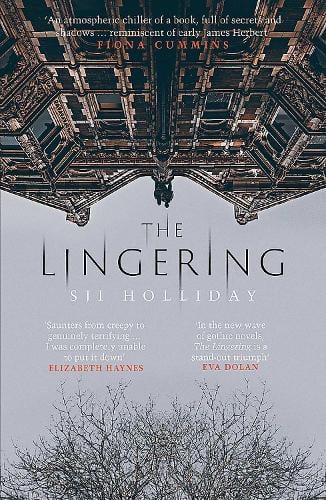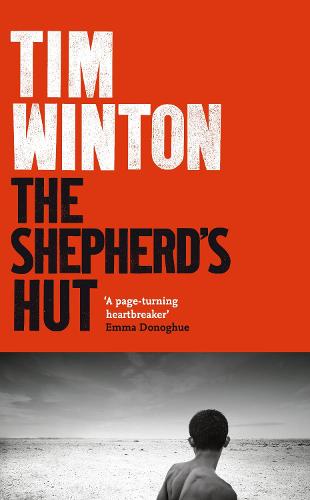What exactly did Maja do or not do?
Malin Persson Giolito's Storst av Allt won Best Swedish Crime Novel 2016, the Glass Key Award 2017 and the prestigious Prix du Polar European on 2018. Quicksand is the English version, translation duties falling to Rachel Willson-Broyles, published to much hype last year.
Persson Giolito's premise is both contemporary and prescient. Following a school shooting massacre the narrative follows teenager girl Maja who is tried in court for her involvement along with her now dead boyfriend Sebastian. If Nordic Noir traditionally lives on the rain drenched streets of Stockholm, Quicksand is more prep schools and ponies but that's not to say that Person Giolito goes soft on suspense. Maja makes an intriguing anti-hero but what exactly did she do or not do?
The opening scenes are amongst the best in the book. The action begins with the massacre itself and a bloody school room with 5 dead bodies and one girl, Maja, still alive. Persson Giolito reveals only enough to lead into the story and holds back on the reveals until later. In contrast to most crime fiction Quicksand is Maja's story rather than that of the detective or lawyer.
With Swedish crime fiction being so perennially loved by readers across the globe Persson Giolito's approach marks a step change from the much loved format of Nordic Noir. The narrative unfolds in episodic mode with chapters that flip backwards and forwards in time. The cover artwork on the paperback looks as if the book has already been adapted for the small screen.
Persson Giolito's career as a lawyer ensures that the narrative is authentic and believable but at times becomes a little procedural. More time could have been spent in the build up to the court scenes, the parties with rich kid Sebastian for example, rather than with the prosecution itself. The problem with Quicksand is that the main character Maja is one dimensional and for the most part difficult to empathise with. The court room scenes present her as little more than a spoilt teen yet the story itself potentially has so much more to offer.
Crime fans will, no doubt, disagree.
Quicksand by Malin Persson Giolito (translated by Rachel Willson-Broyles) published by Simon & Schuster UK, 416 pages




































